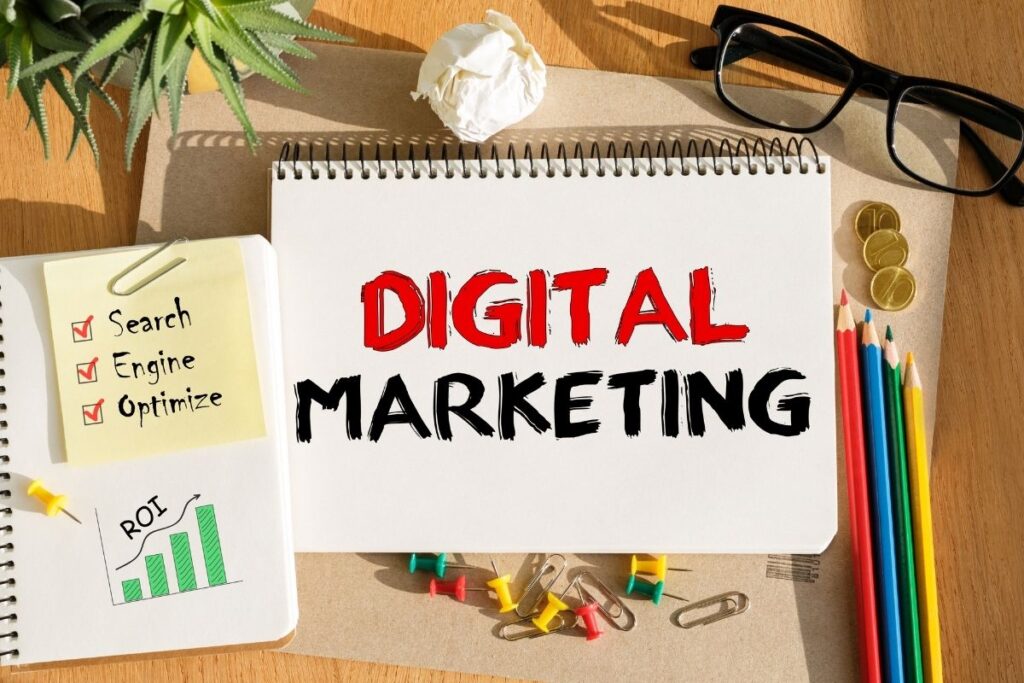As 2026 approaches, the digital space keeps changing. What worked last year may not work today. That’s why small businesses need to rethink their approach and focus on what gets real results.
This guide shares 7 Foundational Marketing Concepts Every Small Business Owner Should Know any business can use. These are easy to follow, proven to work, and built to last—not passing trends.
Key Takeaways
- Discover 7 simple marketing rules that help small businesses grow.
- See how audience groups, sales steps, and clear messaging bring in customers.
- Get real tips, examples, and advice you can use in 2025.
What Is the Marketing Concept in Business?
The marketing concept puts the customer first. It starts by finding out what people need or want. Then the business creates products to match. Instead of just making things and selling them, smart companies ask, listen, and learn first.
The goal is to give real value to the customer. When that happens, sales come naturally. This idea focuses on trust, service, and long-term success—not quick wins. Value isn’t only about price. It includes quality, ease of use, and support.
Happy customers return and tell others. That helps the business grow. To follow the marketing concept, a company must study the market, speak clearly across teams, and keep customers happy. In short, understand the buyer. Meet their needs. Do it well. Do it often.
1. Positioning
Positioning is envisioned as the perception that the intended target segment holds about the brand. It is about carving a niche that sets you apart from your competitors and deeply resonates with your customers.

At its very core, positioning is the market identity of a firm. It answers the simple yet powerful question- “Why should somebody pick your brand over another?” It is not only about what you provide but how the offer stands compared to others.
Take two coffee shops: one is the kind of place you go to in a hurry and cheap prices, and the other is a little hipster kind of place where the beans are ethically sourced, downtown in an artsy vibe where an artist will sometimes sketch a customer’s portrait while he/she is sipping ok, rather expensive, coffee.
One position appeals to the fast-paced crowd; the other has positioned itself for the cool crowd. In short, even though both sell coffee, one sells a product based on speed, and the other sells an experience-the kind a hipster will want to have.
Steps to Create Strong Positioning:
- Know Your Customer: What do your customers value most: price, speed, ethics, personalization?
- Research Your Competition: How do competitors in your industry position themselves? Where are the gaps or opportunities?
- Determine What Sets You Apart: Define what makes your product or service better or different.
2. Marketing Funnels
A marketing funnel portrays how potential consumers tend to move from the point of noticing your brand to becoming customers. Each stage demands a specific message urging them to take the next step.
The most common funnels have the three sides:
- Top of Funnel: Awareness
- Goal: People notice you.
- Tools: Blog posts, videos, social media, and search ads.
What Funnels Do?
- Funnels show where potential buyers exit. You can then strengthen those areas to increase conversion rates.
- Better follow-ups yield 50% more leads ready to buy at 33% lower cost.
- MOFU emails increase buyer interest by 60%.
Draw your funnel. Create relevant content for each stage and add simple calls-to-action that correspond with the buyers’ feelings.
3. Customer Segmentation: Know Your Audience
Customer segmentation holds the crux of differentiating your audience into smaller chunks, based on common characteristics that allow you to design more direct marketing and better products.
Why Segmentation Matters: Customers are different. A 25-year-old freelance designer has different requirements than a 55-year-old corporate manager. By segmenting your audience, you circumvent one-size-fits-all marketing tools and instead, address their real needs.
Common Segmentation Types
- Demographic: Age, sex, income, occupation
- Geographic: Country, city, climate
- Behavioral: Buying patterns, usage patterns, brand loyalty
- Psychographic: Lifestyle, values, interests
How to Segment Properly
- Gather your data with all the tools at your disposal: Google Analytics, Meta Pixel, or a CRM system.
- Group customers with similarities both in who they are and how they behave.
- Adapt campaigns to their respective interests and stage of the funnel.
Example of segmentation in marketing:
The clothing brand might go for these targets:
- Segment A: College students on a budget (TikTok adverts, flash sales)
- Segment B: Working professionals (email campaigns, office wear blog)
- Segment C: Parents buying for kids (Instagram parenting influencers)
4. The Production Concept?
The production concept says people want things that are easy to find and cheap to buy. That’s why companies make products in large amounts. It keeps costs low and supply high.
This idea looks at how goods are made and how that affects what people want. If it’s simple to get and affordable, buyers are more likely to say yes.
The production concept is simple: people buy what’s easy to find and cheap to get. Picture a shoe ad for a $1,000 limited pair. Most people won’t buy it—it’s too pricey and hard to find.

Now imagine the same shoe for $25, sold everywhere. That’s the one people will buy. This idea drives many businesses. They focus on making products affordable and widely available.
If something is rare or costly, people move on. If it’s low-cost and right there, they grab it.
That’s why services like Uber and Netflix work so well. They’re easy, fast, and always there when you need them. People don’t want stress. They want access and value, right away.
5. The Selling Concept
The selling concept is about getting people to buy your product. It’s based on one idea: people won’t buy enough unless you push them to. This means businesses must learn who might buy, then convince them to act.
You need to be clear, persuasive, and know your market. Selling is all about persuasion. You’re not just offering a product—you’re saying it’s better than what others sell. You might use deals, discounts, or bold messages. Or you might just be good at getting people’s attention.
Most companies use some type of selling. You see it in big brands, small shops, and even service providers like banks or insurance firms. The goal is to win new buyers and keep them coming back.
Good selling builds trust and repeat sales. Methods include ads, samples, direct sales, or referral programs. Each one works to get someone to choose your product—or sell it for you.
6. The Societal Marketing Idea
Societal marketing means companies should care about more than just making money. They should consider their workers, customers, the planet, and the community.
This view says real success comes from doing the right thing. When businesses help people and protect the environment, everyone wins.
Societal marketing is when a business sells products that help people and serve the greater good.
Affordable products are a clear example. When a company makes low-cost items, it supports those who can’t afford more expensive ones.
Soap is a good case. Some brands offer cheap soap so more people can stay clean. This helps prevent illness and supports public health. The idea is that companies should care about people, not just profit. Their products can improve lives.
Not everyone agrees, but many businesses still try. A company can make a difference by being fair, thoughtful, and responsible.
7. The Value Proposition Concept
A value proposition explains why people should choose your product or service. It answers a simple question: Why choose you instead of someone else?
Keep it short, clear, and easy to grasp. Show what makes your offer useful or different. If it saves time, cuts costs, or works better—say so. For new businesses, this message is vital. It shapes how others see your brand.
A clear value proposition builds trust and helps turn interest into sales.

Frequently Asked Questions
1. What are the four Ps of marketing?
Product, Price, Place, and Promotion are the four Ps. They stand for the fundamental components needed to promote a good or service successfully.
2. What are good marketing strategies for small businesses?
Focus on social media, local ads, email campaigns, referral programs, and helpful content.
3. What does research say about small business marketing?
It shows that clear branding, audience targeting, and online presence boost growth and trust.
4. What are common marketing methods for business?
Some methods include direct mail, online ads, social media, email newsletters, and flyers.
5. What are 5 top marketing strategies for small businesses?
- Build a simple website.
- Post often on social media.
- Collect and use customer reviews.
- Start an email list.
- Offer special deals or loyalty programs.
6. What are some real examples of marketing methods?
- A bakery giving free samples.
- A plumber handing out fridge magnets.
- A salon posting hair tips on Instagram.
- A tutor offering a free first class.
Final Words
Better product creation, more successful marketing communications, and more customer satisfaction are all made possible by marketers’ ability to forecast how customers will react to marketing initiatives.
No matter your business type, start with the basics. Know your audience. Offer real value. Build trust. Keep customers happy. Don’t chase every new trend. Stick to what works.
The small businesses that grow in 2026 will mix smart ideas with a personal touch. Focus on value, service, and clear goals. The results will come.